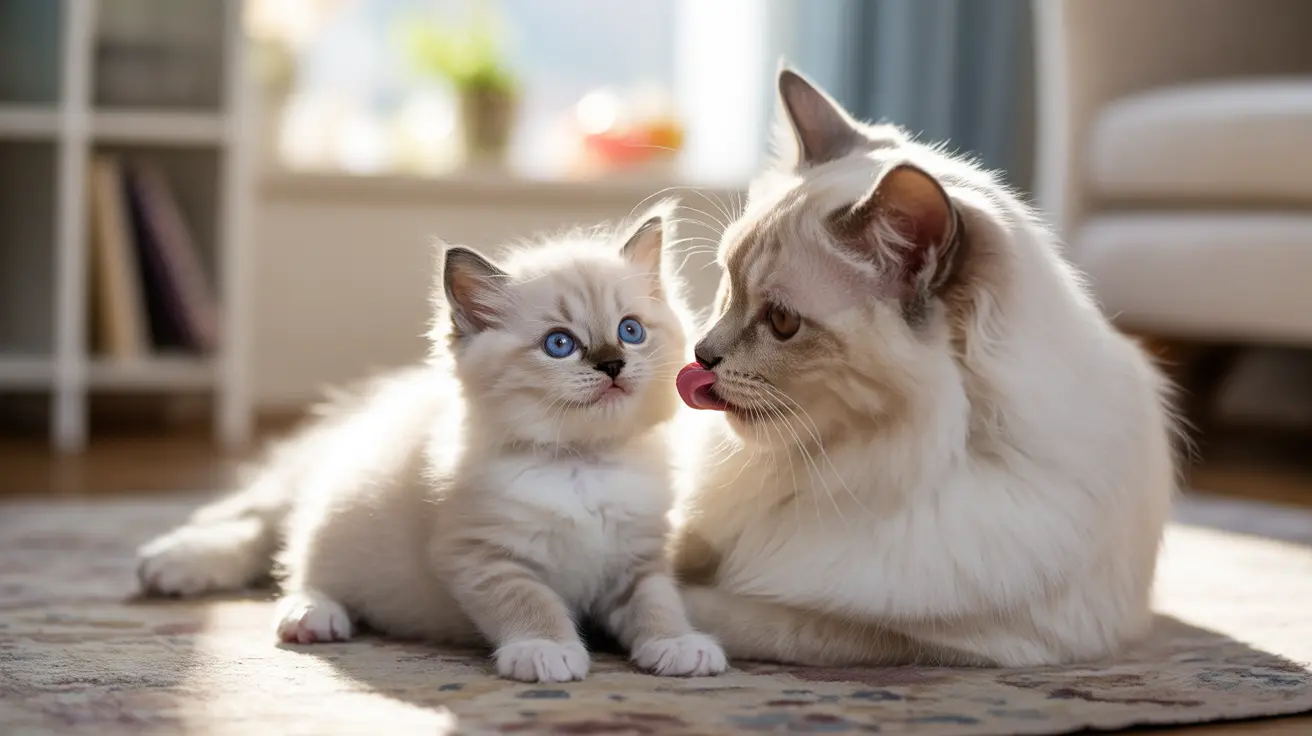The journey from newborn kitten to independent cat is a crucial developmental period that requires careful consideration. Understanding how long kittens need to stay with their mom is essential for ensuring proper physical, emotional, and behavioral development. This comprehensive guide will explore the optimal timeframe and why it matters so much for your kitten's future well-being.
While some may be eager to bring home a new kitten as soon as possible, veterinary experts and animal behaviorists strongly recommend waiting until kittens have spent adequate time with their mother and littermates. The consensus is clear: kittens should remain with their mother for a minimum of 8 weeks, though 12 weeks is considered optimal for the best outcomes.
Critical Development Stages with Mom
During the first few weeks of life, kittens are entirely dependent on their mother for survival. From birth to three weeks, they rely on her for warmth, nutrition, and even help with basic bodily functions. The mother cat's presence during this time is irreplaceable.
Between weeks 3-8, kittens begin learning essential life skills directly from their mother. These include proper grooming techniques, litter box habits, and crucial social behaviors that will shape their future personalities.
The Weaning Process
Weaning typically begins around 3-4 weeks of age when kittens start showing interest in solid food. This gradual transition from mother's milk to independent feeding is a delicate process that shouldn't be rushed.
By 8 weeks, most kittens should be successfully weaned and eating solid food consistently. However, the mother's guidance during this transition period provides more than just nutritional benefits – it helps establish healthy eating patterns and confidence.
Social Learning and Behavioral Development
The period between 8-12 weeks is crucial for social development. During this time, kittens learn vital lessons about:
- Appropriate play behavior and bite inhibition
- Social boundaries and feline communication
- Confidence and independence
- Proper interaction with humans and other animals
Health Benefits of Extended Maternal Care
Staying with their mother longer provides significant health advantages for kittens. The mother's milk contains essential antibodies that strengthen the immune system, and the natural weaning process allows for optimal physical development.
Research shows that kittens who remain with their mothers for at least 12 weeks typically experience fewer health issues and show better stress management abilities throughout their lives.
Signs of Readiness for Separation
Before considering separation from the mother, look for these key indicators:
- Consistent independent eating of solid food
- Proper litter box habits
- Confident social interactions
- Strong physical coordination
- Healthy weight and growth patterns
Risks of Early Separation
Separating kittens from their mother too early can lead to various problems, including:
- Compromised immune system development
- Behavioral issues such as aggression or anxiety
- Poor social skills
- Inadequate litter box training
- Difficulties with self-regulation and stress management
Frequently Asked Questions
How long should kittens stay with their mother for healthy growth and development?
Kittens should stay with their mother for a minimum of 8 weeks, though 12 weeks is ideal for optimal development. This timeframe ensures proper physical growth, social development, and emotional stability.
What are the signs that a kitten is ready to leave its mom?
A kitten is ready to leave when it's fully weaned, using the litter box independently, eating solid food consistently, and showing confident social behaviors with both humans and other cats.
Why is it important for kittens to stay with their mother until at least 8 to 12 weeks?
This period is crucial for learning essential life skills, developing proper social behaviors, building a strong immune system, and completing the weaning process naturally. It sets the foundation for a well-adjusted adult cat.
What problems can occur if kittens are separated from their mother too early?
Early separation can lead to behavioral issues, compromised immune function, poor social skills, inappropriate elimination habits, and increased anxiety or aggression.
How does the weaning process from mother's milk to solid food typically progress in kittens?
The weaning process typically begins around 3-4 weeks when kittens start showing interest in solid food. It progresses gradually over 4-5 weeks, with complete weaning usually occurring by 8-10 weeks of age.
Remember, while 8 weeks is the minimum recommended time, allowing kittens to stay with their mother for 12 weeks provides the best foundation for a healthy, well-adjusted adult cat. This investment in their early development pays dividends throughout their entire life.






